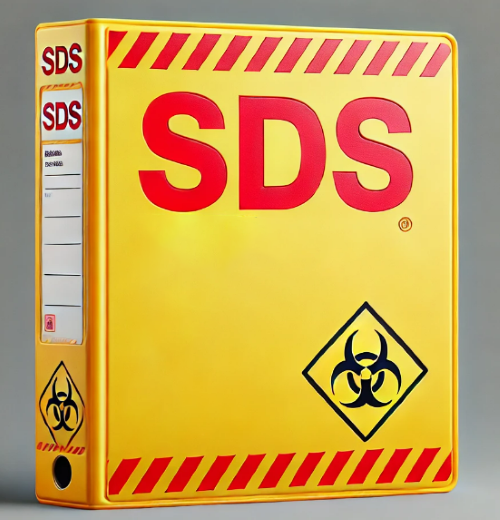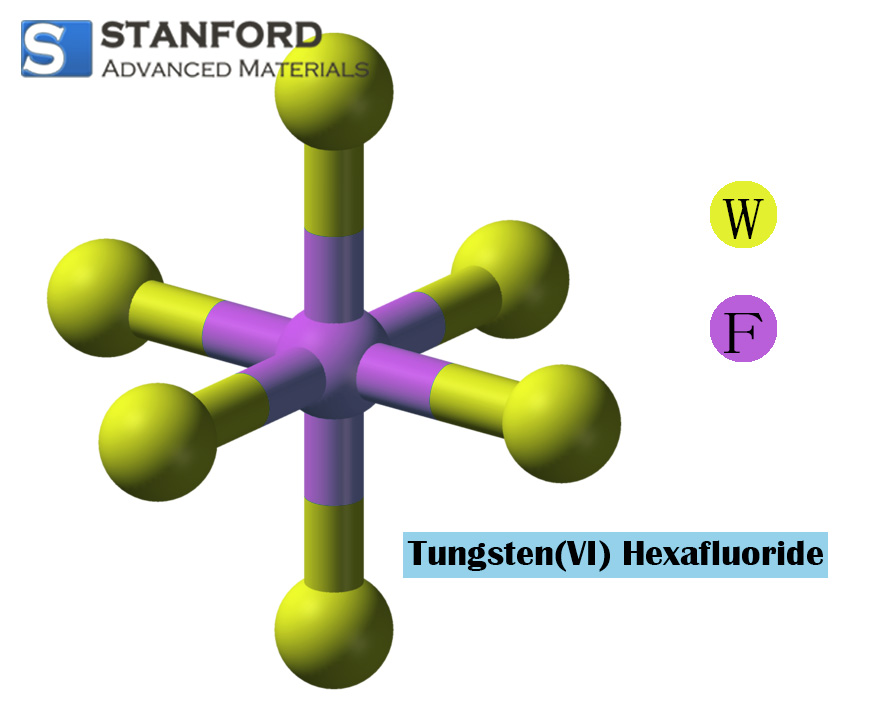Material Safety Data Sheet Of Lanthanum Oxide
1. Product Identification
Synonyms: Lanthanum trioxide; Lanthanske oxide
CAS No.: 1312-81-8
Molecular Weight: 325.82
Chemical Formula: La2O3
2. Composition/Ingredient Information
Ingredient: Lanthan-Oxid
CAS No.: 1312-81-8
Percentage: 100%
Hazardous: Yes
3. Hazard Identification
Inhalation: Inhalation is not expected to cause significant health risk. However, it may irritate the respiratory tract, resulting in symptoms such as coughing and shortness of breath. Other symptoms may correspond to those observed following ingestion.
Ingestion: Ingestion is not anticipated to present a major health risk. It may cause headaches, discomfort, chills, fever, nausea, muscle pain, abdominal cramps and haemoglobinuria (presence of free blood in urine).
Skin contact: Skin exposure is not expected to constitute a significant risk. Minor irritation may occur.
Eye contact: Eye contact may induce irritation, redness and pain, with the potential for conjunctivitis or corneal damage.
Chronic exposure: Repeated exposure may induce symptoms similar to those produced by acute exposure.
Exacerbation of existing conditions: No data have been identified.
4. First Aid Measures
Inhalation: Move the individual to fresh air. If respiratory difficulties occur, medical attention should be sought.
Ingestion: Provide several glasses of water to dilute the substance. If a large quantity is ingested or symptoms develop, seek medical advice. Do not administer anything by mouth to an unconscious individual.
Skin contact: Rinse the affected area with water and soap. If irritation persists, seek medical advice.
Eye contact: Rinse the eyes immediately with plenty of water for at least 15 minutes, occasionally lifting the upper and lower eyelids. If irritation continues, obtain medical attention.
Note for Physicians: Consider determining the haemoglobin levels in blood serum. Levels of approximately 9% may indicate overexposure.
5. Fire-Fighting Measures
Fire: This material is non-combustible.
Explosion: The material is not regarded as explosive, though it is sensitive to static discharge.
Extinguishing media: Any suitable extinguishing medium for surrounding fires may be used. If possible, avoid using water spray as the material reacts vigorously with water. Where safe, remove the container from the fire area and ensure that water does not enter sewers or natural watercourses.
Special precautions: In the event of a fire, fully protective clothing and a NIOSH‐approved, supplied‐air respirator with a full-face mask should be used in a pressure or alternate overpressure mode.
6. Accidental Release Measures
Ventilate the area affected by the leak or spill. Use appropriate personal protective equipment as detailed in Section 8. For spills:
7. Handling and Storage
Store in a tightly closed container in a cool, dry and well-ventilated area. Protect from physical damage. Avoid dust formation and control ignition sources. Consequently, employ grounding, ventilation and explosion-relief measures during processes that may generate dust or static electricity, in accordance with recognised technical standards. Empty only into an inert or non-combustible atmosphere. Emptying into a non-inert atmosphere that may contain flammable vapours could result in a flash fire or explosion due to electrostatic discharge. Store separately from incompatible substances. Containers may remain hazardous when empty due to product residues (dust, solids); therefore, all warnings and precautions must be followed.
8. Exposure Control / Personal Protection Equipment
Air Exposure Limits: None established.
Ventilation: Generally, dilution ventilation provides adequate risk control. However, if working conditions are uncomfortable, a local exhaust system should be considered.
Personal Respirators (NIOSH‐approved): If exposure to dust or mist is apparent and technical controls are insufficient, a particle respirator (NIOSH N95 or better) may be used. In the presence of oil particulates (e.g. lubricants, cutting fluids, glycerine, etc.), a NIOSH R or P type filter should be employed. In emergencies, or if exposure levels are unknown, a supplied-air full-face respirator with positive pressure should be used. WARNING: Air-purifying respirators do not protect users in oxygen-deficient atmospheres.
Skin Protection: Wear protective gloves and clean, body-covering clothing.
Eye Protection: Wear chemical safety goggles and/or full-face protection if dust or splashes are possible. Ensure that eyewash facilities and emergency showers are available in the work area.
9. Physical and Chemical Properties
Appearance: White to off-white amorphous powder.
Odour: Odourless.
Solubility: Insoluble in water.
Density: 6.51 at 15 °C (59 °F), 5.87 at 25 °C (77 °F)
pH: Alkaline
Volume Percent at 21 °C (70 °F): 0
Boiling Point: 4200 °C (7592 °F)
Melting Point: 2315 °C (4199 °F)
Vapour Density (air = 1): Not applicable.
Vapour Pressure (mm Hg): Not applicable.
Evaporation Rate (BuAc = 1): No data available.
10. Stability and Reactivity
Stability: Lanthanum oxide readily absorbs carbon dioxide from the air.
Hazardous Decomposition Products: None known.
Dangerous Polymerisation: Does not occur.
Incompatibilities: Lanthanum oxide is incompatible with chlorine trifluoride and water. It reacts vigorously with water, releasing significant heat and producing a hissing sound.
Conditions to Avoid: Excessive dust formation and contact with incompatible substances should be avoided. Consequently, avoid contact with acids.
11. Toxicological Information
For Lanthanum Oxide: LD50 Oral (rat): >9 968 mg/kg. In tests, eye irritation (Draize method, 100 mg on rabbits) was found to be slight.
--------
Cancer Lists
---------------------------------------------------------------------------------
---NTP Carcinogen---
Ingredient: Lanthan-Oxid (1312-81-8)
Known: No
Likely: No
IARC Category: None
12. Ecological Information
Environmental Behaviour: No data available.
Environmental Toxicity: No data available.
13. Disposal Considerations
Waste that is not intended for recovery or recycling should be treated as hazardous waste and disposed of at a RCRA‐licensed facility. Processing, use or contamination of this product may alter disposal options. State and local disposal regulations may differ from federal guidelines. Consequently, dispose of the container and any unused material in accordance with federal, state and local regulations.
14. Transport Information
Not regulated.
________________________________________
END OF DATA SHEET
THIS SAFETY DATA SHEET IS PROVIDED FOR INFORMATION, CONSIDERATION AND INVESTIGATION PURPOSES ONLY. Stanford Advanced Materials MAKES NO EXPRESS OR IMPLIED WARRANTIES, AND ACCEPTS NO LIABILITY FOR THE ACCURACY OR COMPLETENESS OF THE INFORMATION CONTAINED HEREIN.

 Bars
Bars
 Beads & Spheres
Beads & Spheres
 Bolts & Nuts
Bolts & Nuts
 Crucibles
Crucibles
 Discs
Discs
 Fibers & Fabrics
Fibers & Fabrics
 Films
Films
 Flake
Flake
 Foams
Foams
 Foil
Foil
 Granules
Granules
 Honeycombs
Honeycombs
 Ink
Ink
 Laminate
Laminate
 Lumps
Lumps
 Meshes
Meshes
 Metallised Film
Metallised Film
 Plate
Plate
 Powders
Powders
 Rod
Rod
 Sheets
Sheets
 Single Crystals
Single Crystals
 Sputtering Target
Sputtering Target
 Tubes
Tubes
 Washer
Washer
 Wires
Wires
 Converters & Calculators
Converters & Calculators
 Write for Us
Write for Us
 Chin Trento
Chin Trento


